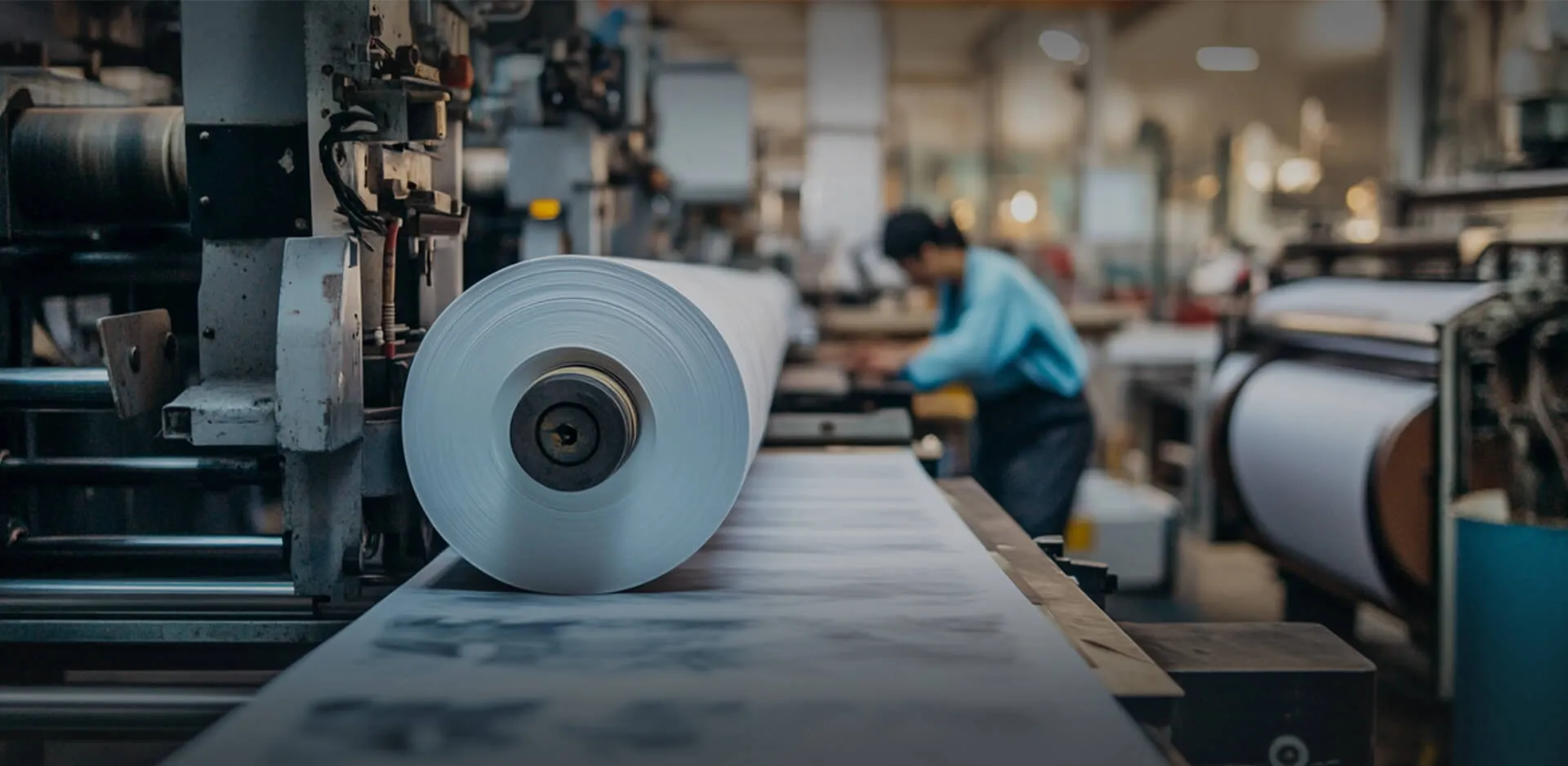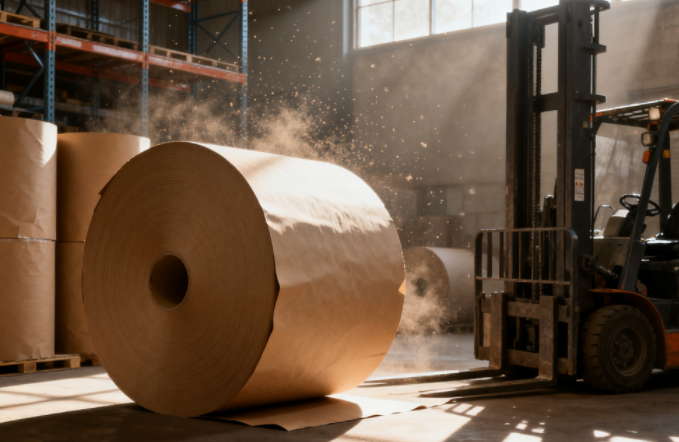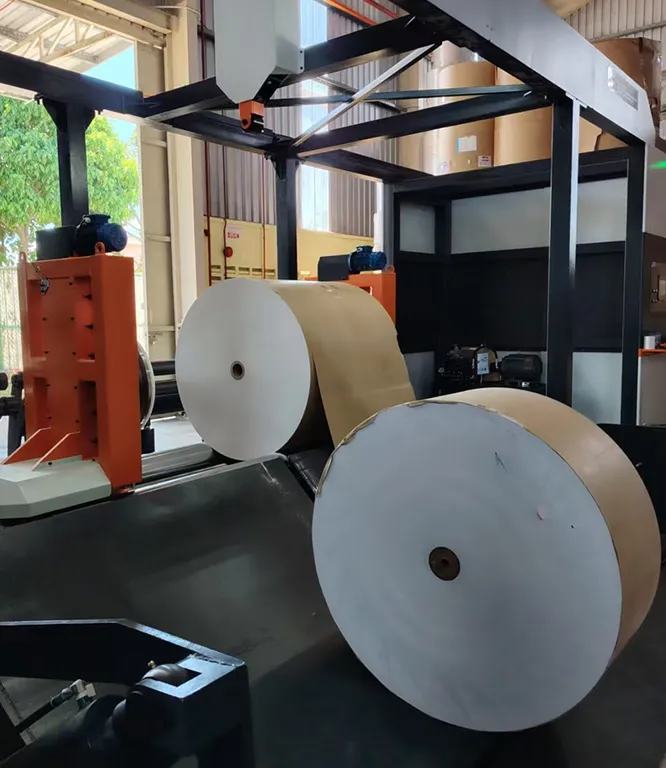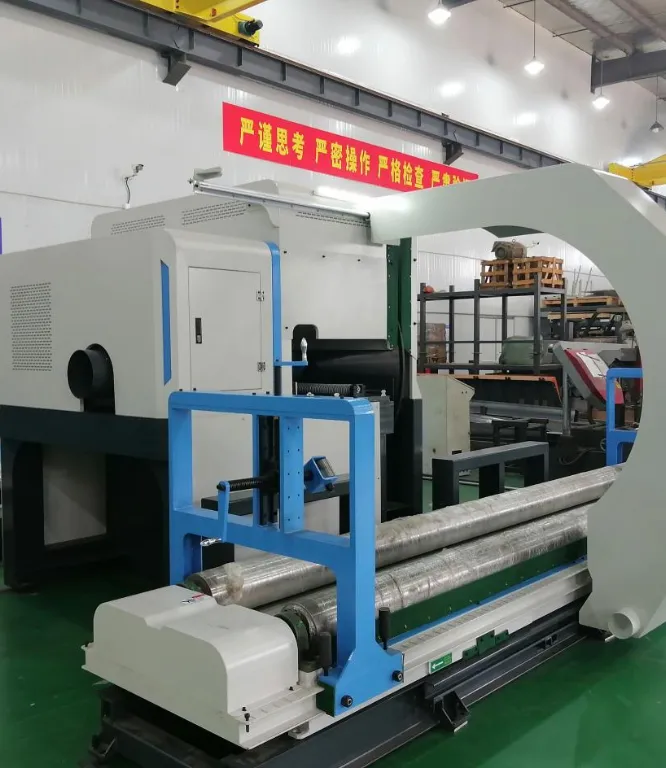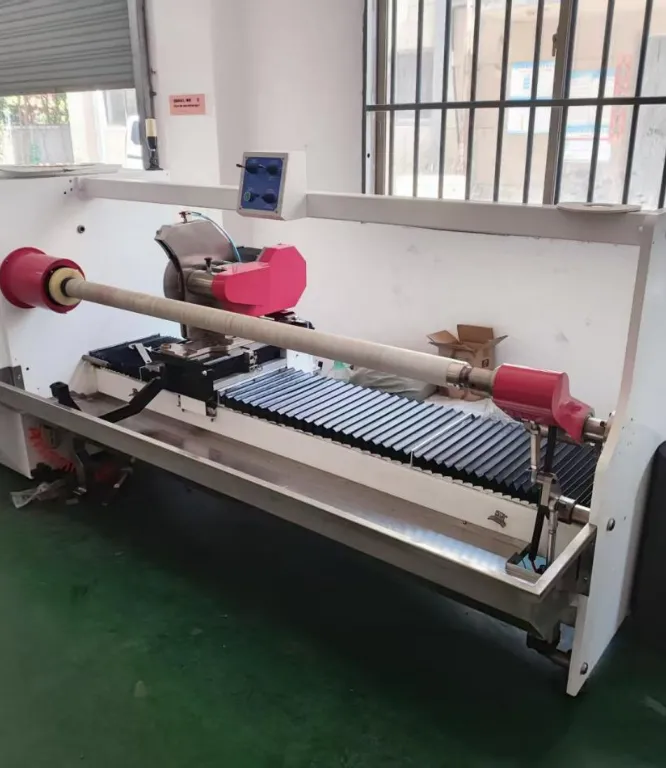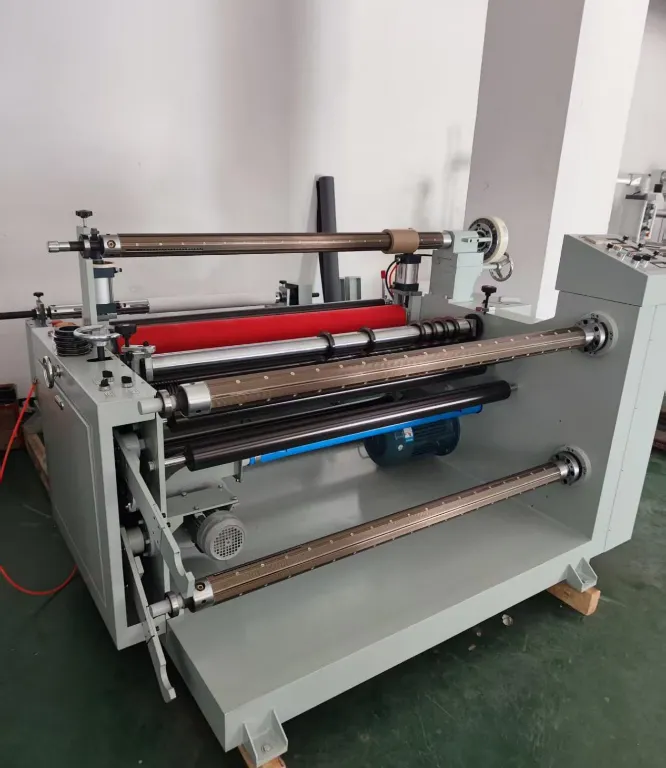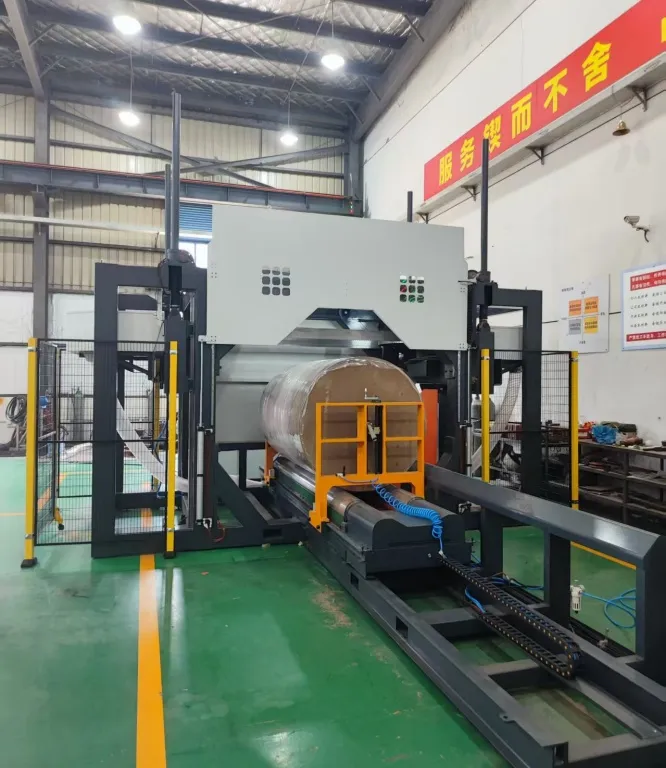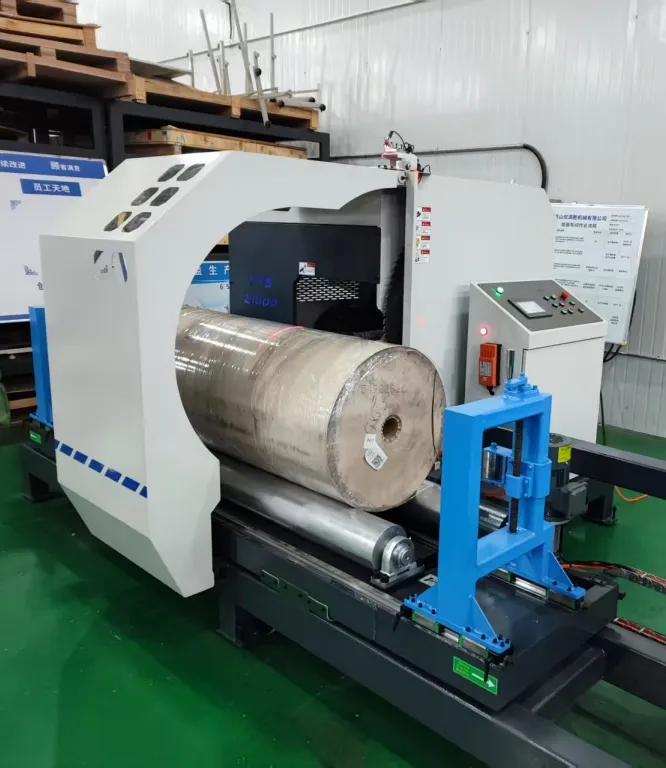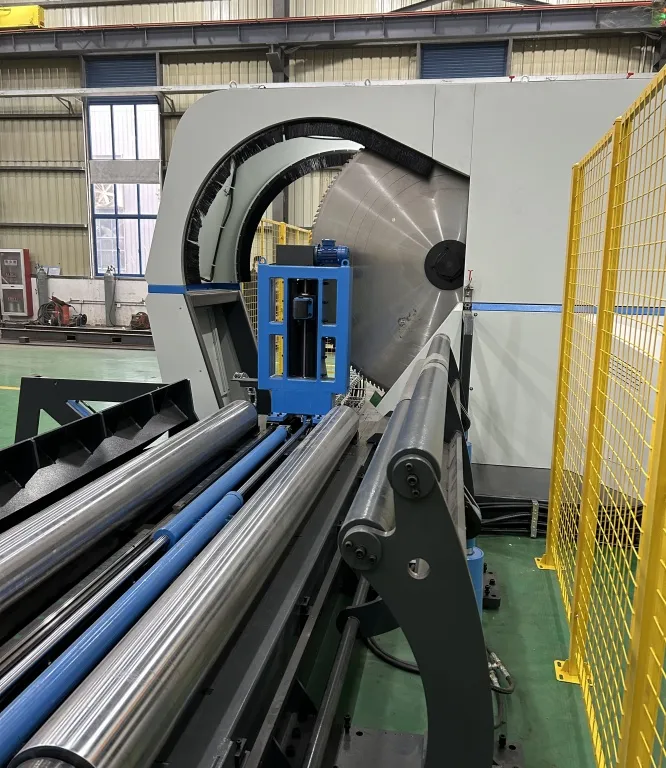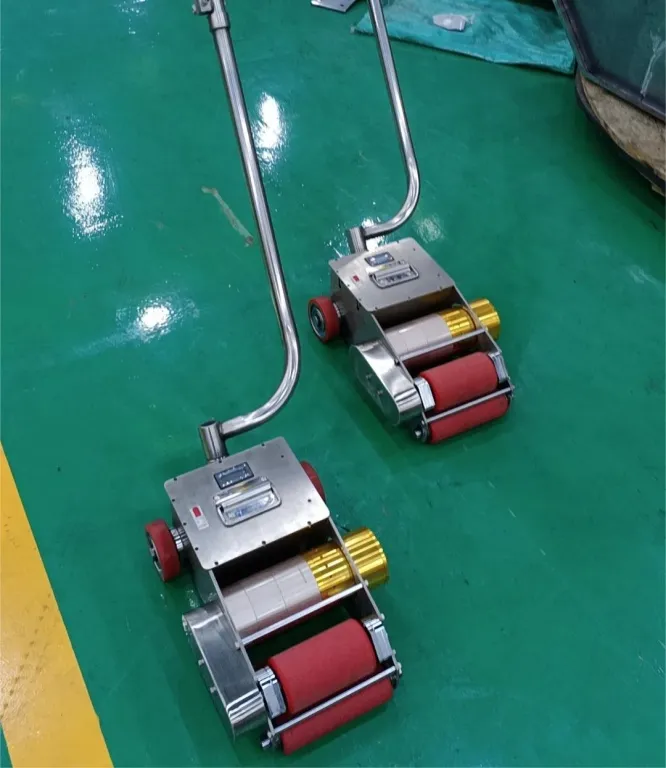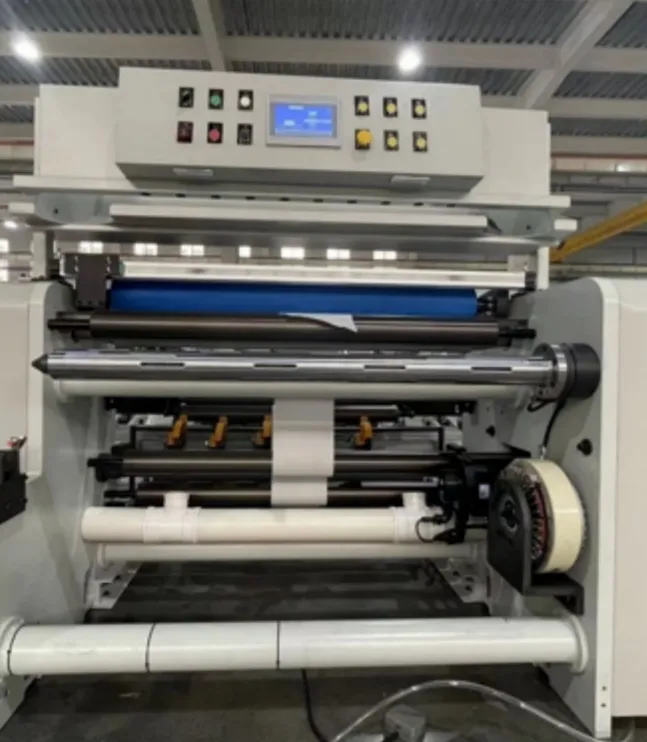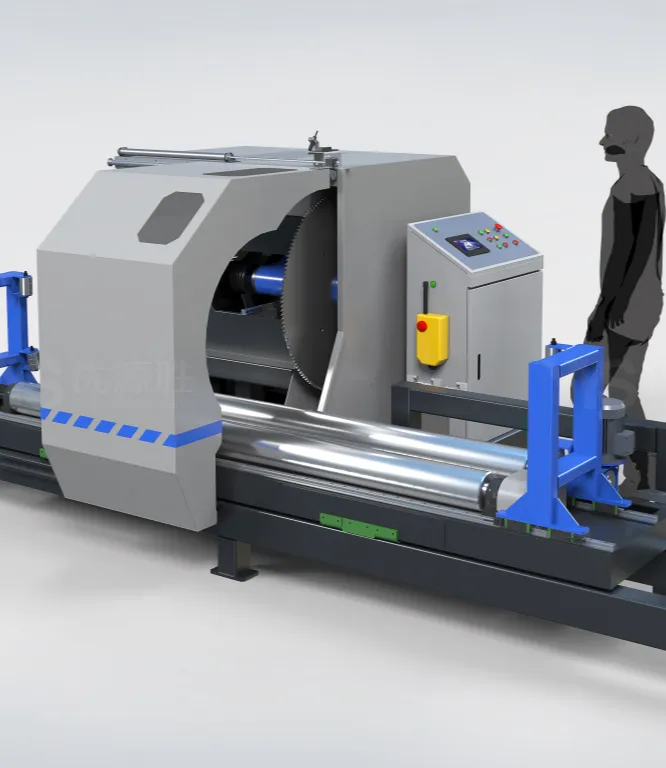Classification of Kraft Paper
Kraft paper is systematically categorized based on four key criteria: color, surface finish, purpose, and material composition. Each category encompasses distinct variants tailored to specific use cases.
1. By Color
Color classification aligns with aesthetic and functional requirements, from industrial utility to premium branding:
Original (Brown) Kraft Paper: The most ubiquitous type, retaining the natural hue of wood pulp. Its unrefined appearance makes it ideal for rustic packaging (e.g., artisanal product boxes) and heavy-duty industrial applications (e.g., wrapping machinery parts).
White Kraft Paper: Processed via full or semi-bleaching to achieve a clean, bright surface. It is commonly used in food packaging (to avoid color transfer) and premium product lines (e.g., high-end cosmetics or luxury gifts) where a polished look is desired.
Colored/Tinted Kraft Paper: Available in a range of shades—including gold, pink, green, and navy—this variant is primarily designed for decorative purposes. It is popular in craft projects, seasonal packaging (e.g., holiday gift bags), and promotional materials.
2. By Surface Finish
Surface finish directly impacts printability, texture, and visual appeal, making it a critical classification for end-use compatibility:
Single-Smooth (or Single-Gloss) Kraft Paper: Features a smooth (or glossy) surface on one side and a rough, unprocessed surface on the other. This asymmetry balances functionality and cost-effectiveness, making it suitable for envelopes, shipping labels, and basic packaging where only one side requires printing.
Double-Smooth Kraft Paper: Polished on both sides to enhance print quality and tactile feel. It is ideal for high-end packaging (e.g., luxury food boxes or premium retail bags) where crisp, vibrant prints (such as logos or product details) are essential.
Striped or Textured Kraft Paper: Embossed with patterns (e.g., stripes, dots, or linen-like textures) to boost aesthetic appeal. It is widely used in gift boxes, craft kits, and boutique packaging to create a unique, tactile experience.
3. By Purpose
This classification groups kraft paper by its intended function, ensuring it meets industry-specific demands:
Packaging Kraft Paper: The most widely used type, valued for its strength and versatility. It dominates sectors like food (e.g., bakery boxes), cosmetics (e.g., product pouches), and retail (e.g., shopping bags) due to its ability to protect goods during transit.
Waterproof/Water-Resistant Kraft Paper: Treated with coatings (e.g., polyethylene or wax) to repel moisture. It is critical for packaging moisture-sensitive items, such as frozen foods, fresh produce, or outdoor gear.
Insulating Kraft Paper: Engineered with insulating properties to protect against temperature fluctuations or electrical conductivity. It is commonly used in the electrical industry for cable wrapping and transformer insulation.
Printing Kraft Paper: Optimized for flexographic (flexo) or offset printing processes. Its smooth surface and consistent texture ensure sharp, long-lasting prints, making it ideal for notebooks, promotional flyers, and catalog covers.
4. By Material Composition
Material composition dictates strength, sustainability, and cost, with two primary variants:
Virgin Wood Pulp Kraft Paper: Manufactured from coniferous tree pulp (e.g., pine or spruce) using the sulfate (kraft) process. This method preserves the pulp's natural fibers, resulting in superior strength and durability. It is used for heavy-duty applications, such as shipping cartons or industrial wraps.
Recycled Kraft Paper: Made from post-consumer or post-industrial paper waste, offering a more eco-friendly alternative. While its durability is slightly lower than virgin pulp variants, it is well-suited for sustainable packaging (e.g., eco-friendly shopping bags) and non-heavy-duty uses like tissue boxes.
Applications of Kraft Paper
Kraft paper's versatility extends across industries, from everyday consumer goods to specialized industrial processes. Below are its key application areas:
1. Food Packaging
Kraft paper's strength and food-safe properties make it a top choice for food packaging:
Its anti-stretch and tear-resistant qualities ensure durability during transport, making it ideal for takeout bags, beverage cup sleeves, and sandwich wraps.
The natural brown variant is particularly popular in artisanal food markets (e.g., bakeries, coffee shops) for its organic, nostalgic appeal, aligning with consumer preferences for "natural" products.
Waterproof kraft paper is used for frozen foods and fresh produce, preventing moisture damage and maintaining product freshness.
2. Industrial Uses
In industrial settings, kraft paper's robustness addresses heavy-duty and specialized needs:
Construction: It serves as temporary templates for concrete pouring, as its high pressure resistance withstands the weight of wet concrete without tearing.
Electronics: Specialty grades like laminated kraft paper are used in printed circuit board (PCB) manufacturing, where they act as heat dissipators and protect sensitive components during assembly.
Manufacturing: It is used to wrap large machinery parts, coils of metal, and textiles during storage and shipping, preventing scratches and dust accumulation.
3. Consumer Goods
Kraft paper is a common material in everyday consumer products, thanks to its blend of functionality and aesthetics:
Stationery: Notebooks, envelopes, and workbooks leverage its tear-resistant texture, ensuring longevity even with frequent use.
Retail: Handmade gift boxes, reusable shopping bags, and luxury product packaging benefit from its customizable nature—brands often print logos or designs on double-smooth kraft paper to enhance brand identity.
Household Items: It is used for tissue boxes, paper towels (as core tubes), and storage boxes, offering a sustainable alternative to plastic.
4. Arts and Crafts
Kraft paper's malleability and natural texture make it a favorite among crafters and artists:
It is ideal for paper sculptures, origami, and wall decor, as it can be folded, cut, and glued without losing shape.
Colored and textured variants add visual interest to DIY projects, such as party decorations (e.g., banners, gift tags) and scrapbooking.
5. Environmental Solutions
As global eco-awareness grows, kraft paper has emerged as a key alternative to single-use plastics:
It replaces plastic in postal envelopes, reusable tote bags, and produce bags, aligning with global "plastic bans" and corporate sustainability goals.
Recycled kraft paper further reduces environmental impact, as it diverts waste from landfills and reduces the need for virgin wood pulp harvesting.
Conclusion
Kraft paper's diverse classifications and wide-ranging applications underscore its indispensability in modern industries. From safeguarding food during transit to enabling creative artistic expression, its unique combination of strength, sustainability, and adaptability ensures it remains relevant in a rapidly changing market.
As technology advances, innovations—such as UV-printed kraft paper (for more durable designs) and composite kraft paper (blended with other materials for enhanced properties)—will further expand its utility. By aligning with the global shift toward circular economies and sustainable practices, kraft paper is poised to maintain, and even grow, its role as a go-to material for businesses and consumers alike.



